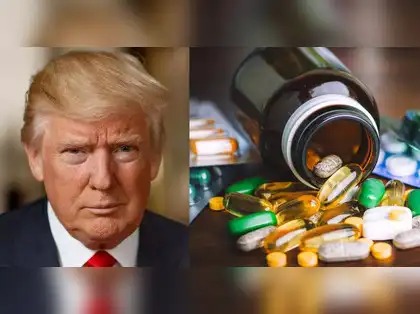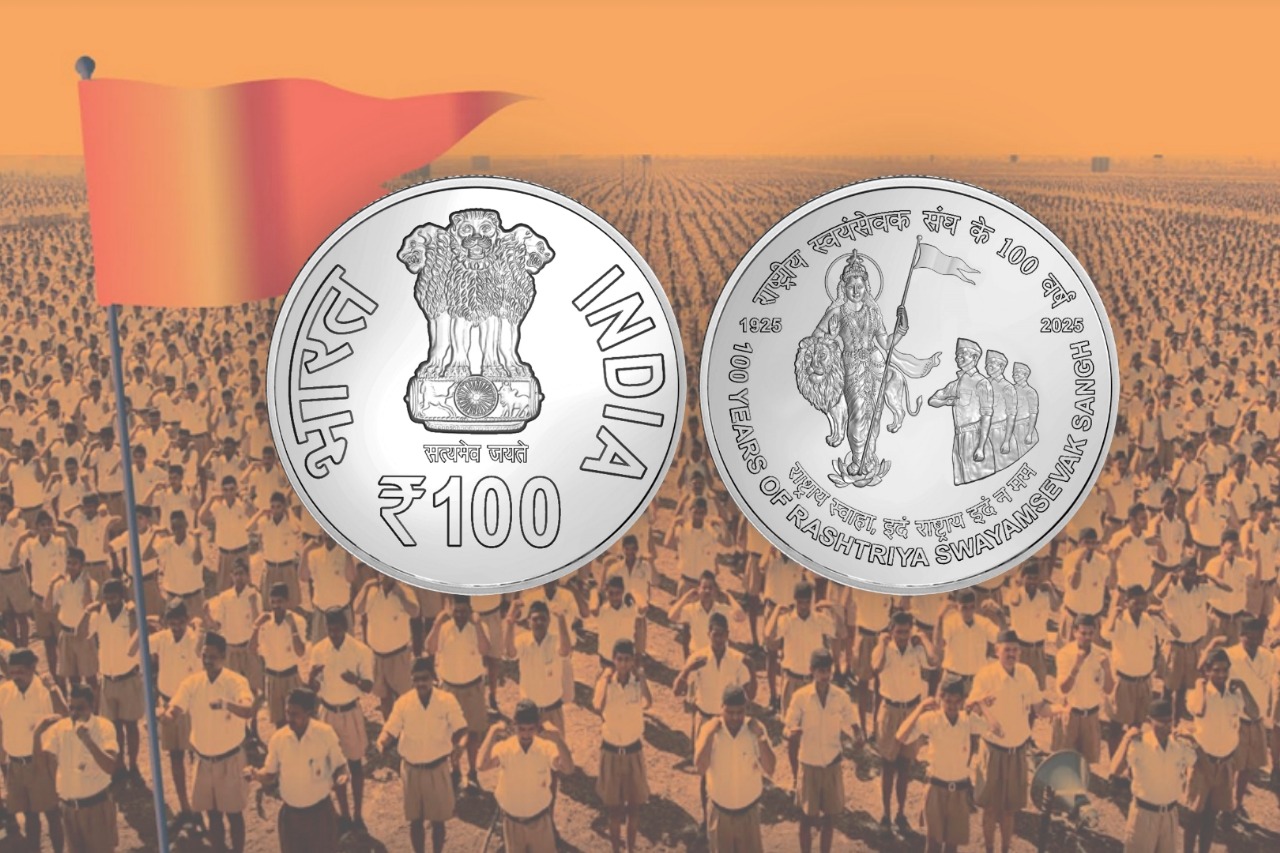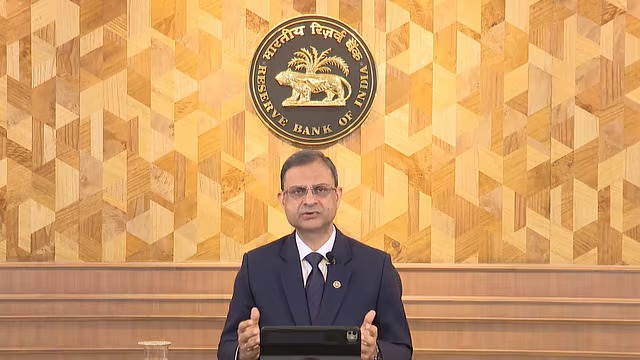In a dramatic move set to reshape the US pharmaceutical landscape, former President Donald Trump announced and signed an executive order on May 12, 2025, pledging to cut prescription drug prices by up to 59%-and, in some cases, as much as 80%-for American consumers. The sweeping policy, dubbed the “Most Favored Nation” (MFN) approach, aims to tie US drug prices to the lowest rates paid in any high-income country, promising immediate relief for millions of Americans burdened by soaring medication costs.
Key Highlights
Executive Order Signed to Cut Drug Prices by 59%:
Trump declared on his social media platform, “Drug prices to be cut by 59%,” as he signed the order Monday morning, sending shockwaves through global pharmaceutical markets and triggering a sharp drop in Asian and European pharma stocks.
“Most Favored Nation” Pricing Policy:
The MFN policy mandates that Americans will pay no more for prescription drugs than the lowest price paid by any other developed nation. This bold move targets the long-standing disparity where US consumers have faced prices up to five to ten times higher than those in other countries.
Scope and Immediate Impact:
The executive order primarily affects expensive drugs administered under Medicare Part B-such as cancer treatments and injectable medications-but is expected to have far-reaching effects across the pharmaceutical supply chain. Trump claimed the policy could save “trillions of dollars” over time and bring “fairness to America” by ending what he called “embarrassing” overcharging by drug companies.
Global Market Reaction:
The announcement led to a significant decline in pharmaceutical stocks globally, with major Japanese and Korean drugmakers seeing their largest single-day drops in years as investors anticipated a worldwide pricing shakeup.
Industry Pushback:
The Pharmaceutical Research and Manufacturers of America (PhRMA) and other industry groups criticized the move, warning that government price setting “is detrimental to American patients” and could stifle innovation. Drugmakers are expected to challenge the order in court, as they did with Trump’s similar 2020 initiative, which was ultimately blocked.
Political and Policy Context:
Trump’s move revives a key issue from his first term, when he accused Big Pharma of exploiting Americans and called for tying US prices to international benchmarks. The Biden administration had begun limited price negotiations under the Inflation Reduction Act, but Trump’s new order is broader in scope and impact.
Why Now?
Trump cited the persistent lobbying power of pharmaceutical companies and bipartisan frustration over high drug costs as reasons for his renewed push, declaring, “Campaign contributions can do wonders, but not with me, and not with the Republican Party. We are going to do the right thing”.
What’s Next?
The executive order is expected to face legal and industry challenges, but if implemented, it could deliver historic savings for US patients and Medicare, while potentially raising drug prices in other countries as global manufacturers seek to offset lost revenue. The policy’s real-world impact will be closely watched by patients, providers, and international markets in the weeks ahead.
“Our Country will finally be treated fairly, and our citizens’ healthcare costs will be reduced by numbers never even thought of before,” Trump stated as he signed the order.
Source: Reuters, Times of India, Yahoo News, Bloomberg, ANI, Economic Times, Arab News







